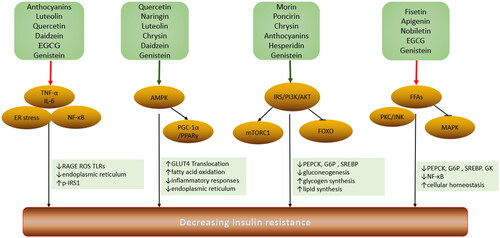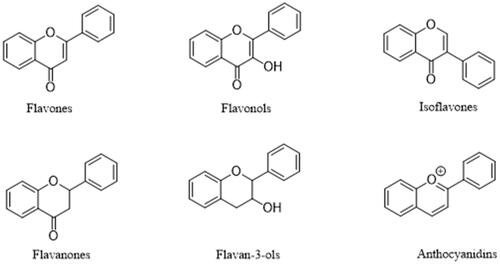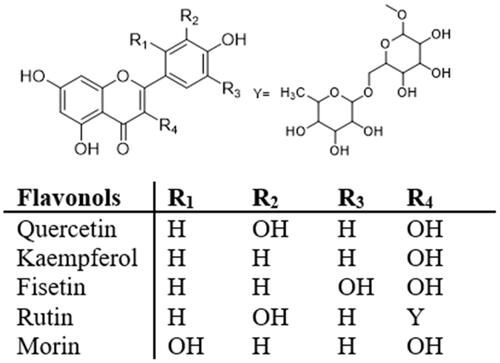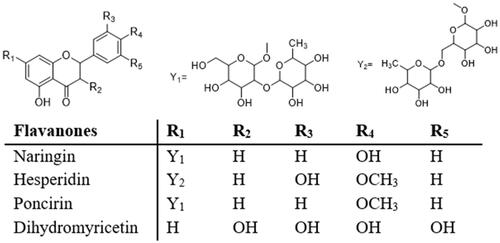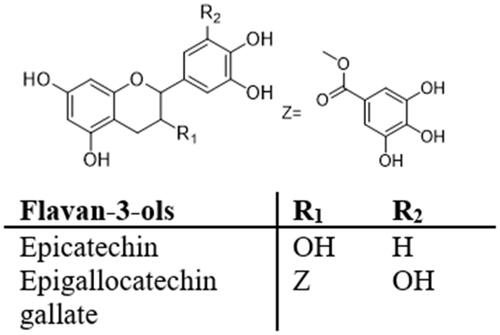Figures & data
Table 1. Effects of flavonoids on decreasing IR in in vitro experiments.
Table 2. Effects of flavonoids on decreasing IR in in vivo experiments.
Table 3. Current clinical trials on flavonoids as potential therapy against IR.

